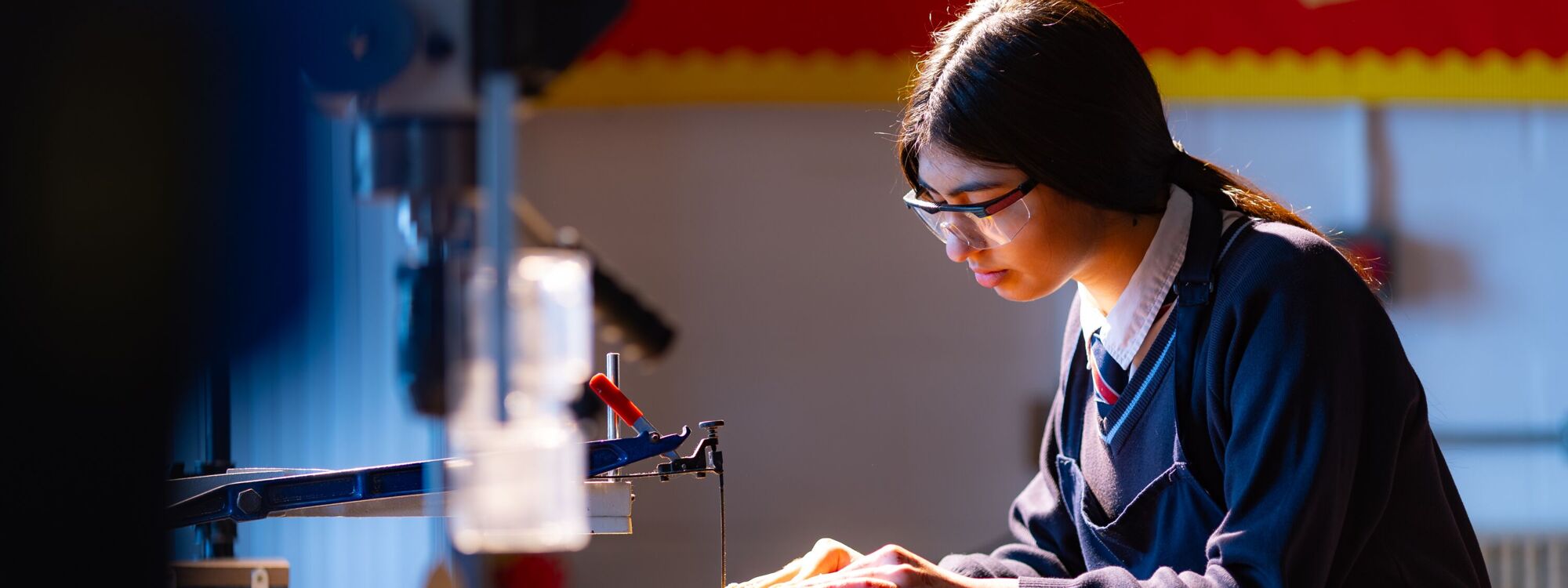- Home
- Key Information
- Curriculum
- Design Technology
Design Technology
“Scientists dream about doing great things. Engineers do them.” James A Michener
Design Technology and Engineering Is...
Design Technology and Engineering is the study of logical and creative processes where practical skills and theoretical knowledge come together to solve real world problems. The Design Technology curriculum provides students with the opportunities to develop creative, technical and practical expertise as well as problem solving skills.
Guided by the National Curriculum, our students develop knowledge of technological and engineering disciplines and processes. Design Technology empowers students to independently research, plan, implement and reflect on their projects, whilst encouraging them to work creatively and collaboratively. The subject prepares students for life in the 21st Century by allowing them to participate confidently and successfully in an increasingly technological world.
Sequence of Learning
|
Key Stage |
Year |
Rotation 1 | Rotation 2 |
|---|---|---|---|
| Workshop Project | CAD/ CAM Project | ||
|
3 |
7 |
|
|
|
8 |
|
|
|
|
9 |
|
|
| KS | Year | Autumn 1 | Autumn 2 | Spring 1 | Spring 2 | Summer 1 | Summer 2 |
|---|---|---|---|---|---|---|---|
4 |
10 |
Introduction Project - Bird Box - Students are introduced to the NEA process and complete a project in the style of the exam board. The full design and make process is completed where students produce a portfolio of work alongside a completed final product. |
Content Area 1 - Engineering Disciplines Content Area 2 Applied Science and Maths in Engineering |
Content Area 4 Properties, characteristics and selection of materials Content Area 5 Engineering Tools Equipment and Machines |
|||
11 |
Mock NEA - Bike Spanner - Students refine their NEA skills through the production of a metal bike spanner with a wooden handle. This project allows students to learn hands on about the processes of working with metal while meeting the needs of a design and make project. |
NEA Project Set by Exam Board (60 % of Final Grade) |
Review and Reteach of Content Areas 1-9 | External Set Exam (40% of Final Grade) | |||
Year 11 Qualification: NCFE Level 1/2 Technical Award in Engineering





